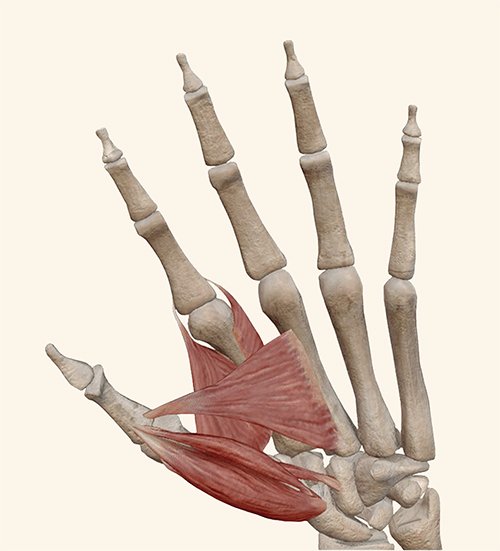Nimble Neanderthals

Photo KARAKOSTIS, ET AL
3D scans of Neanderthal fossils show that they had well-developed entheses where the precision-grip muscles attached.
The fingerbones of the Neanderthal people were very thick, so most scientists thought they didn’t have the precision grip of modern humans. They assumed that Neanderthals, instead of holding a pen gently between thumb and forefinger, would have used a power grip like young children who grab crayons with their fists. The occasional discovery of delicate artifacts with Neanderthal fossils belied this conclusion, confounding paleontologists.
Researchers in Tübingen, Germany, decided to look closer at how Neanderthals would have used their fingers. They studied entheses, which are raised areas on bones where muscles attach. Power grips use different muscles than precision grips, and the more frequently those muscles are used, the more they develop larger entheses.
The research team discovered that Neanderthals had well-developed entheses where the precision-grip muscles are attached. In fact, it appears that Neanderthals used precision grips most of the time.
It stands to reason that Neanderthals would have the same precision grips that we have today because they were humans just as we are, descended from Adam. To their credit, the researchers in Tübingen were not blinded by old prejudices that Neanderthals are a lower life-form. But this confirmation of sophistication serves as a good reminder that nonbiblical prejudices will not stand up to close scrutiny.
Article was taken from Answers magazine, January–February, 2019, 21.
- © 2024 Answers in Genesis
- Privacy Policy
- Contact
- About
